 This is a conversation that’s been on my mind for a long time, probably even before I saw this post about how much people are willing to pay for patterns. The writer is talking about a specific book that some on the interwebs thought was priced too high for the number of patterns it included.
This is a conversation that’s been on my mind for a long time, probably even before I saw this post about how much people are willing to pay for patterns. The writer is talking about a specific book that some on the interwebs thought was priced too high for the number of patterns it included.
The blogger offers a great discussion of fair market value, noting that individual patterns usually run $5 or $6, so paying $16.95 for an ebook with 16 patterns is actually a pretty good deal. Of course when you’re buying a book instead of a single pattern odds are you aren’t going to knit every single pattern from the book, but you’re also getting all the tips, instructions and advice that come in a book and are usually lacking in a single pattern.
Here’s how she breaks it down:
Shannon [Okey, both the author of the book in question and the head of Cooperative Press, the publisher] mentioned that prints costs are almost $5 per copy, plus tech editing and photography costs of around $2,000 for the overall book. So right away, take $5 off the price of the print book. That’s $22. Hard costs like tech editing, photography and marketing and advertising have to be paid out of that. Plus a fair profit to Cooperative Press and a fair wage to the author. Plus a bunch of other costs I can’t imagine because I’m not in publishing. For the PDF version, there’s Ravelry fees and other expenses I imagine.
And that’s for books bought direct from the publisher. If the books are sold wholesale, the publisher automatically loses 50-60% of the book price. So that $27 book costs the wholesale $10-14 (which goes to the publisher). From that $10-14, subtract the $5 printing cost, and another $1 for shipping the book to the wholesale purchaser. The publisher is now left with a max of $4-8/book to pay for tech editing, photography, marketing, pay themselves and pay the author.
There was a panel discussion at TNNA about pattern sales, that basically came down to the idea that designers need to be themselves, be proud of what they do and value themselves so that others might see value in what they do. Which all sounds great, is great, but you also can’t charge more than the market will bear, whether for a single pattern or a book.
And, as Heather Zoppeti noted on her blog just after TNNA, designers are important. Knitters need things to knit, and most people prefer patterns to designing things themselves. Yarn companies need patterns that use their yarn, and yarn stores need to inspire customers with patterns that will make them want to buy more yarn.
I know there are a lot of great free patterns available (I written a lot of them, if I may say so), but I guess my point is, don’t refuse to buy knitting patterns. If you see something you love, buy it. You’re supporting a real person who has real costs that went into producing that pattern, and the only way we can continue to be designers is to find some way to be paid for it.
What do you think? Do you buy knitting patterns and books? How do you feel about pricing? Would you rather use a free pattern that might not have been tech edited rather than paying for a pattern that was? I’d love to know your thoughts!
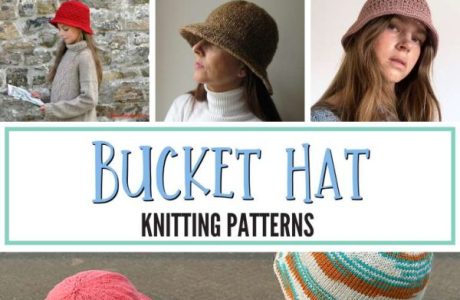
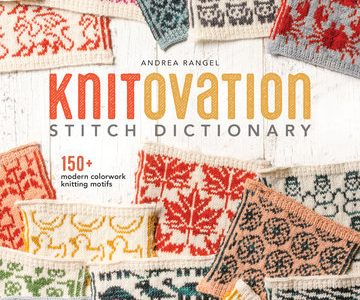
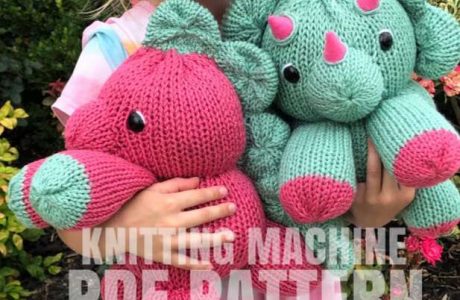
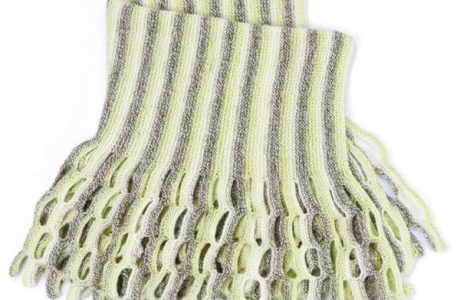
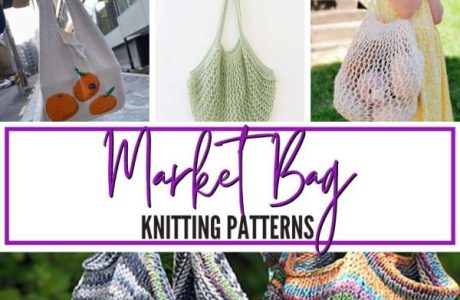
I Buy patterns. I don’t share with friends, but ask them to support designers too. That said, Ravelry makes it SO tempting and SO easy, I am now trying to slow down and buy patterns only when I actually intend to start the project.
Personally, I feel designers can charge whatever they want for a pattern. As a customer, you can decide for yourself whether you feel the pattern is worth the price to you. I’ve definitely come across patterns that I thought were priced out of the normal range, but that’s the designers choice to price their work. There are a lot of options when it comes to patterns, and there are A LOT of beautiful free knitting patterns available too.
I buy patterns but that does not mean they are well edited. I recently bought a pattern from Harrisville that was a top down cardigan. When I was about to begin the bottom ribbing my stitch count was off by a lot. I wrote to the designer on Ravelry but got no response. I contacted Harrisville and posed a simple question – if the pattern required an increase every other row then my stitch count would be correct. It took six weeks to get a correction, the same correction I figured out in five minutes. Needless to say I had a hard time getting back into the project to finish it. I have encountered many errors in purchased patterns. I am an experienced knitter and I feel that many novice knitters give up thinking they just can’t do the project when it really isn’t their fault.
If the pattern is something that gets me excited and is different, I have no issues buying. With Canadian exchange rates being what they are these days, I have paid $8 for a single pattern that I loved the look of. What incentive does a designer have to put so much time and effort into a pattern, if they are not being sufficiently compensated? A good pattern is worth paying for. That being said, if a pattern is very simple or very similar to a free version, I am unlikely to buy. I do always check for free versions first and am discriminating when I purchase. I also check how the designer has written their free patterns to ensure they are easy to follow or clearly charted/worded.
Word of advice to designers: Free patterns should reflect how you write sale patterns. I have decided not to buy a pattern because the free patterns were a mess and I couldn’t ensure the paid ones would be any better.
I’ll pay for a pattern I love without hesitation. If I like one and it is free, I’ll use it with the knowledge that *sometimes* you get a great pattern, and sometimes you just get a *free* one, and you get what you paid for.
Think about how much of a tip you leave at a restaurant for someone serving you for 30-45 minutes… Then think of “tipping” for a pattern—by paying the designer for all the work they did for that will bring you many hours of knitting, It is the right thing to do.
(Full disclosure: I’m not a designer, but I hand dye yarn to sell. I have no horse in this game.)
Carol R.
I will buy a pattern. I’m happy to pay the designer for their ideas and work. However, I also expect a well written pattern when I pay for it. I’m careful not to buy a pattern from a designer who I’ve had prior bad luck with.
If the pattern is an innovative idea – something new out there rather than a variant of something more widely available – then I’ll pay for the pattern even if I can probably figure out how to do it just from the photos. Designers deserve to be compensated for their intellectual property, and the idea is the start of everything.
That said, when someone markets a pretty straightforward pattern (not terribly original, no special finishing, no issue of multiple sizes, etc) and puts a high price on it, I do find it irritating. Not only will I not be purchasing that pattern, I am also less likely to purchase other patterns by that designer (or sometimes that publisher – it’s often easy to tell who insisted on the high price point just by a little comparison).
I gladly buy patterns, but I do feel some are overpriced. I recently saw a twelve pattern set for 45.00. No printing costs, no shipping costs, I have to print it myself. $45.00? I don’t think so.